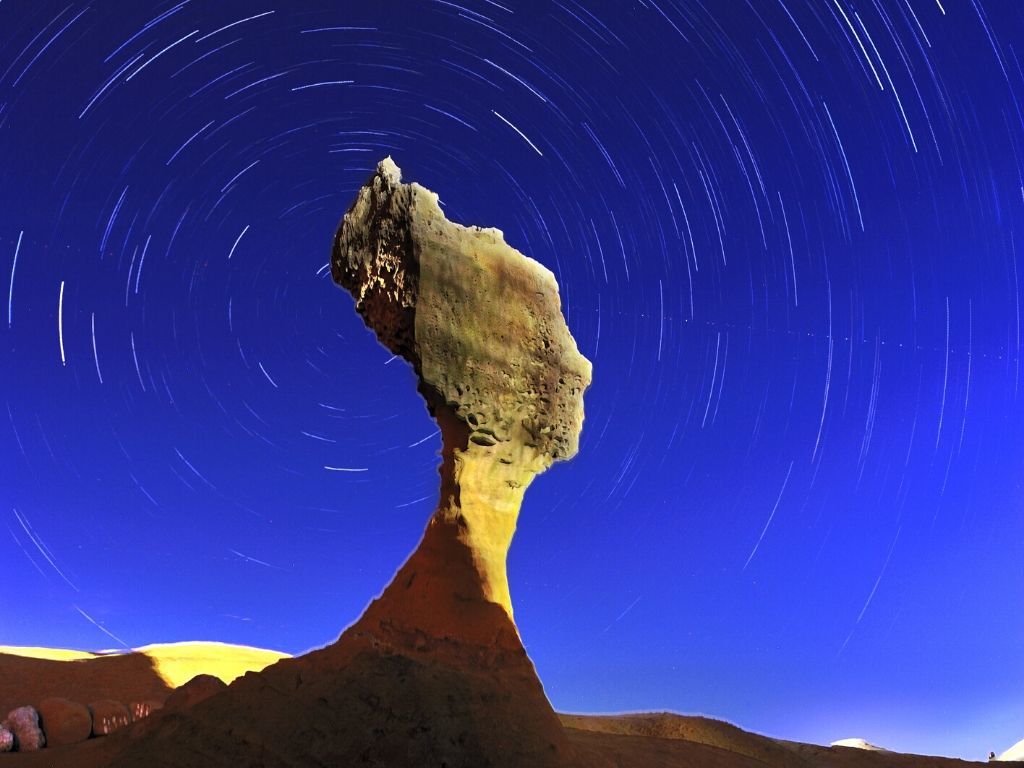
NASA’s Lucy Mission Reveals Unique Asteroid Donaldjohanson, Providing Insights into Planetary Beginnings
In a significant milestone for space exploration, NASA’s Lucy spacecraft obtained extraordinary images of an asteroid that has surpassed expectations—both in shape and geological intricacy. The asteroid in focus, named Donaldjohanson, was observed during a close pass on April 20, 2024, from merely 600 miles away. The images, which astonished even veteran planetary scientists, showcased an unusual, dual-lobed formation akin to two ice cream cones fused at their tips.
An Intriguing Cosmic Form
Typically, small asteroids that spacecraft encounter manifest as irregular, often potato-like formations. Yet, Donaldjohanson tells a different tale. This asteroid is classified by scientists as a “contact binary”—a system composed of two masses that formerly orbited independently until gravitational pull prompted them to touch and amalgamate. The junction between these lobes bears an unusual configuration, deepening the mystery surrounding this already puzzling object.
“Donaldjohanson exhibits exceptionally intricate geology,” remarked Hal Levison, principal investigator for the Lucy mission at Southwest Research Institute in Boulder, Colorado. “As we delve into the complex structures more thoroughly, they will unveil essential insights into the building blocks and collisional events that shaped the planets in our Solar System.”
Preliminary evaluations from high-resolution images estimate Donaldjohanson’s length at around 5 miles (8 kilometers) and its widest span at 2 miles (3 kilometers)—larger than anticipated. Indeed, its complete structure extended beyond the field of view of Lucy’s advanced Long-Range Reconnaissance Imager (L’LORRI).
A Preliminary Trial for Greater Discoveries
This flyby marked Lucy’s inaugural close interaction with an asteroid, serving as an essential testing phase for its main mission: a multi-year expedition to analyze Trojan asteroids orbiting in tandem with Jupiter. These Trojans are believed to be ancient, untouched relics from the solar system’s formation over 4 billion years ago.
In contrast, Donaldjohanson is relatively youthful, estimated to be 150 million years old. Its slow rotation had already captivated astronomers, who noted significant variations in brightness occurring approximately every 10 days using Earth-based telescopes. However, its unusual shape and geological aspects were entirely unforeseen, generating enthusiasm within the planetary science field.
Scientific Instruments and Discoveries
Lucy is outfitted with a range of state-of-the-art tools that collected data during this flyby, including a high-resolution monochrome imager (L’LORRI), a color imager, an infrared spectrometer, and a thermal infrared spectrometer. While this initial dataset has already unveiled significant findings, scientists anticipate further insights in the forthcoming weeks as the full data analysis unfolds.
“These early images of Donaldjohanson are once again demonstrating the impressive capabilities of the Lucy spacecraft as a discovery engine,” stated Tom Statler, NASA’s Lucy mission program scientist in Washington, D.C. “The opportunity to genuinely open a new avenue into the history of our solar system when Lucy reaches the Trojan asteroids is enormous.”
Commemorating a Legacy of Discovery
Both the spacecraft and the asteroid bear noteworthy names. Lucy is named after the 3.2-million-year-old hominid fossil that transformed our comprehension of human evolution. The asteroid Donaldjohanson is likewise named to honor one of the fossil’s co-discoverers, Dr. Donald Johanson, creating a poetic link between the quest for humanity’s origins and the investigation of our cosmic history.
Looking Forward
Lucy will spend the bulk of 2025 navigating the main asteroid belt. Its next significant achievement is an encounter with the Trojan asteroid Eurybates, set for August 2027. By the time Lucy approaches its primary objectives, the mission team anticipates that insights gained from Donaldjohanson will enhance the spacecraft’s observation methodologies and aid in deepening our understanding of asteroid formation and variety.
The contact binary configuration of Donaldjohanson may eventually assist scientists in validating or modifying existing theories regarding the formation, merging, and evolution of small celestial bodies—potentially shedding light on the intricate history behind the creation of the planets themselves, including Earth.
A New Chapter in Planetary Science
Lucy’s interaction with Donaldjohanson highlights the mission’s groundbreaking potential. These discoveries not only enhance our understanding of asteroid geometry but also enrich our comprehension of the dynamic and tumultuous processes that sculpted the early solar system.
With further flybys on the horizon, NASA’s Lucy mission is ready to unveil new chapters in planetary science and cosmology—one asteroid at a time.
Support Independent Science Journalism
If our reporting has informed or inspired you, please consider contributing. Every donation, regardless of its amount, enables us to continue providing accurate, engaging, and reliable science and medical news. Independent journalism necessitates time, effort, and resources—your support guarantees we